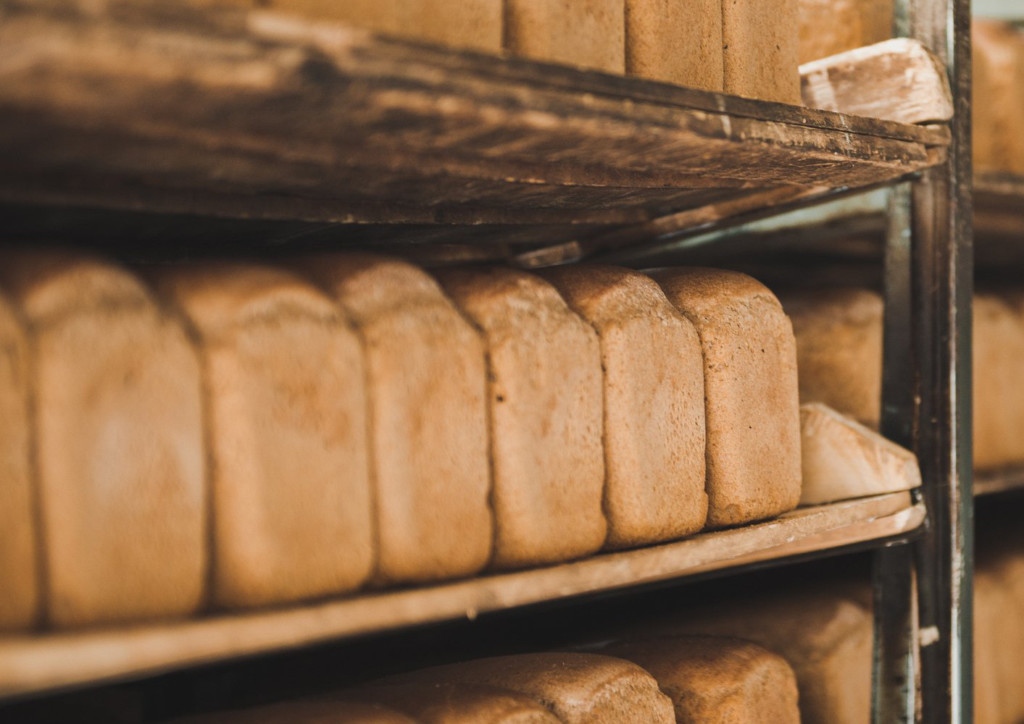Okay, now I’ve seen everything. Ann Coulter has written a children’s book.
…Okay, it’s satire. Fine. I still need to go bake some more bread now.
…Oh, I found that rant I was looking for. Apparently the poster has archiving turned off on their posts, but I had the thing locked down in Agent.
Quoting “The Old Monkey”:
[The] Chorleywood process….was invented in the UK in 1961 as a way to greatly speed up the production time for a loaf of bread, and to enable the use of much larger amounts of British “soft” wheat in a loaf, making it unnecessary to import as much of the more expensive “hard” wheats from either Europe or North America — goals that, by themselves, made a certain sense at the time.
The process involves hyperagitation of the dough for about three minutes, incorporating air, which then raises the dough by being exposed for a short time to a partial vacuum.
A quote from the UK Baker’s Federation site below:
“Dough development in CBP is achieved during high speed mixing by intense mechanical working of the dough in a few minutes. Not only does this save considerable time (which helps keep down the cost), it also produces bread which is better in respect of volume, colour and keeping qualities.”
Yeah, but what about _flavor,_ guys? Or texture? …Unfortunately the Chorleywood process turns out a loaf that doesn’t taste anything like as good as a loaf which has had at least a couple of hours to allow yeast to work on it (the total rise time of a CBP loaf looks to be about an hour and ten minutes), or which has been kneaded at lower speeds and in which the gluten has been allowed more time to relax naturally (it’s allowed just eight to ten minutes to do this under Chorleywood). Indeed, CBP bread doesn’t taste of anything much at all, not even yeast (which acts more as a flavoring agent than as a rising agent in bread made by CBP, and I have a feeling the bakers would leave it out if they could: the main rising agent in CBP bread is the air that’s incorporated during the violent pre-rise agitation of the dough — this expands the dough during the vacuum stage). What the Chorleywood process does allow you to do is quickly and inexpensively turn out the cheap “pan” loaf beloved of large UK grocery chains, the stuff of price wars — bread that looks and tastes like white bathroom sponge. (Except bathroom sponge has more texture…)
(sigh) Is it a good thing for lots of people to be able to afford cheap bread? Sure. Is it still good if the bread is by itself so devoid of nutrition that it has to be “stoked” with enough folic acid and vitamins to approach the value of more slowly-baked bread? Hmm. Is it _still_ good if it doesn’t even taste like bread after they’ve finished sticking it full of flavor enhancers and stabilizers and the good God knows what else? Not by _my_ lights.
In the UK, Elizabeth David (in ENGLISH BREAD AND YEAST COOKERY) was the first to start complaining about the bread turned out by the CBP. Her essay on the subject nearly singlehandedly rekindled an interest in craft baking and home baking in Britain…
…For some different takes on the process, see;
- http://www.bakersfederation.org.uk/breadmade.htm#THE%20CHORLEYWOOD%20BREAD%20PROCESS
- http://www.stylesource.co.uk/cuisine/nutrition/000408bread.asp
- http://www.homebakingco.com/bakers_dictionary.htm#Chorleywood%20Bread%20Process
- An overview of breadmaking processes from a Canadian yeast company (they cite Chorleywood as the least-used of the commercial baking processes in North America at that time)
- A paper with a more technical overview of Chorleywood
- Some thoughts on bread chemistry
- Encapsulated chemicals to make your bread “taste better”
- Protecting people from Chorleywood mixers
- Nutritional characteristics of organic, freshly stone-ground, sourdough, and
conventional breads: a paper at the McGill websiteAnd for additional amusement — - the genesis of a cheese sandwich:
- and “Targeted” bread(end quote)

